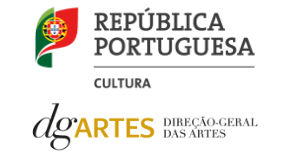Seydou Keïta
Bamako, Mali (1921–2001). Self-educated photographer, Keïta opened a studio in Bamako in 1948. Specialized in portraits, photographing the entire Malian society in the tradition from French colony into independent capital. Initially formed by his father to become a carpenter, Keïta contacted with photography in 1935, through a Kodak Brownie Flash offered by an uncle, embarking professionally in this way. His first solo exhibition was in 1994, in Paris, at the Fondation Cartier, following several others around the world. Today is universally known as the father of African photography and considered one of the greatest photographers of the XXst century.
Among his solo exhibitions are: “African Art Now: Masterpieces from the Jean Pigozzi Collection”, National Museum of African Art, Washington, D.C., 2006; “Keïta and Malick Sidibé”, The Sheldon Art Galleries, St. Louis, 2005; “5th Rencontres de la Photographie Africaine”, Bamako, Mali, 2003; “Rites Sacrés/Rites Profanes”, Maison Africaine de la Photographie, Bamako, Mali, 2003; “The Short Century: Independence and Liberation Movements in Africa, 1945 – 1994″, P.S.1, New York, 2001; “Flash Afrique: Fotografie aus Westafrika, Kunsthalle”, Vienna, Germany, 2001; “Voilà, Le Monde Dans La Tête”, Musée d’Art Moderne de la Ville de Paris, Paris, France, 2000; “PhotoEspaña 99″, Madrid, Spain, 1999; “Roteiros, Roteiros, Roteiros, Roteiros, Roteiros”, XXIV Bienal de São Paulo, São Paulo, Brazil, 1998; “Seydou Keïta: Portraits de 1949 à 1964″, Fondation Cartier pour l’Art Contemporain, Paris, France, 1994.

